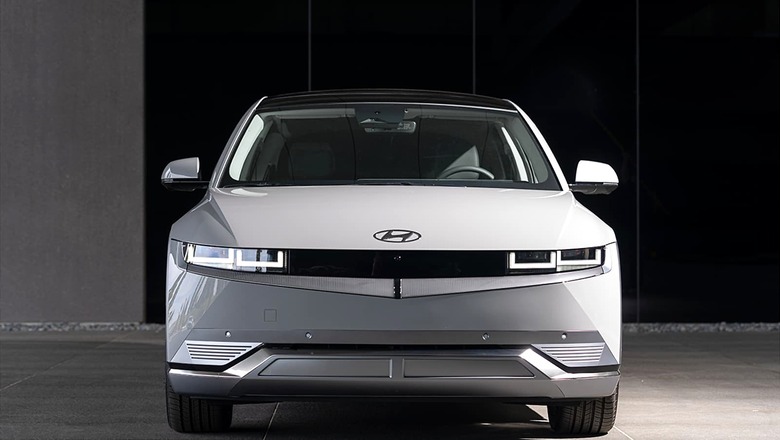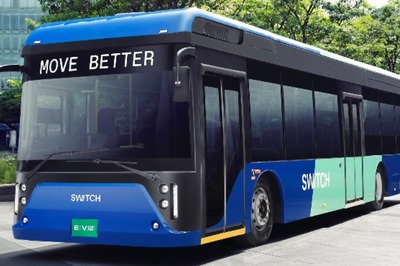
views
Carmaker Hyundai Motor has said that it will raise the ratio of electric vehicles to 80 per cent by 2040 in global sales. All-electric and hydrogen fuel-cell electric vehicles currently account for a mere 1.5 per cent of Hyundai’s global sales and it initially aims to raise the ratio to 30 per cent by 2030, reports Yonhap News Agency.
To achieve the aim, Hyundai said it will gradually replace its product lineup sold in Europe with hydrogen or battery-powered models by 2035 and in other major markets by 2040.
Hyundai plans to expand the hydrogen-powered vehicle lineup to three from the sole model Nexo. The two additional models will be a multi-purpose vehicle and a sport utility vehicle, it said.
The company did not provide the timeframe for the lineup expansion.
In related efforts, Hyundai plans to cut its carbon emissions by 75 per cent compared to the 2019 levels by 2040 and targets to reach carbon neutrality, or net-zero carbon dioxide emissions, in 2045, the report said.
Carbon neutrality can be achieved by either balancing carbon emissions with carbon removal or by cutting carbon emissions entirely, it added.
In India, while there is a vision for 100% electric vehicles by 2030, most industry experts indicate that around 40-45% EV conversion by 2030 is a realistic expectation. A major push towards EVs will be led by the public transportation requirements in India – Fleet cars, E-Buses, 3 wheelers, 2 wheelers, and not to forget E-bikes.
Let’s have a look at the broad categories of the EV landscape and top players electrifying the Indian roads:
3 Wheeler segment in India picked up pretty well in 2015 when discussions on e-rickshaws as alternate transport methods were ongoing. One of the major players to enter this segment was Terra Motors. Terra Motors has already made a footing in the Indian EV market with various electric 3-wheelers, both for passenger and cargo transportation. It is powered by a Terra battery unit which gives a range of 100 km on a full charge. The average weight of the e-rickshaw is 380 kg and can accommodate 5 people, including the driver. Adding to its suitability for India’s narrow roads, its steering wheel gives a driver easy maneuver and a small turning radius. In comparison to other 3-Wheeler players in India, Terra Motors seems to have gained positive momentum in India. The report by Avendus Capital states that the EV market is expected to rapidly shift to a lithium-ion battery and by 2024-25, as much as 40 percent of the e-rickshaw market is expected to be li-ion based. Like other players Terra is also investing heavily in Li-Ion research and rapid adoption.
Also Watch:
The penetration of EVs in the four-wheelers segment has remained extremely low at 0.1%. Several gaps in the four-wheeler EV market such as a limited number of products, high prices, insufficient battery promise, low performance, and an underdeveloped charging ecosystem are yet to be filled. Currently, there are 6 electric cars on sale in India. Of these, the Tata Tigor EV is the cheapest EV while the Mercedes-Benz EQC is the most expensive electric car in India. Upcoming electric cars in India include Jaguar I-Pace, Mahindra eKUV100, and Porsche Taycan among others. The current players who have penetrated the 4-wheeler EV segment are Tata Motors (Nexon EV), MG (ZS EV), Hyundai Kona Electric, Mahindra e-Verito.
Read all the Latest News, Breaking News and Assembly Elections Live Updates here.




















Comments
0 comment